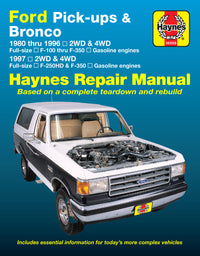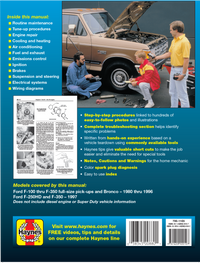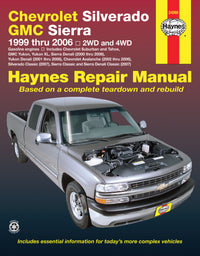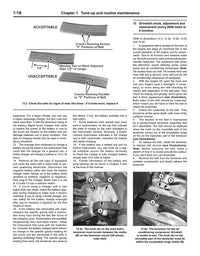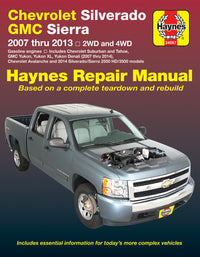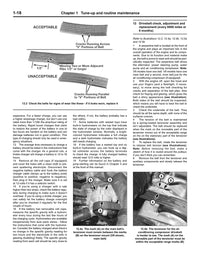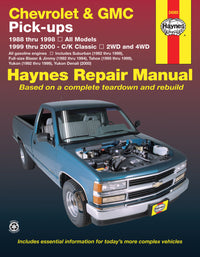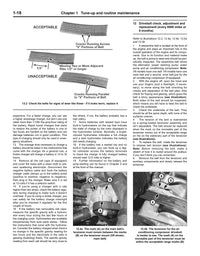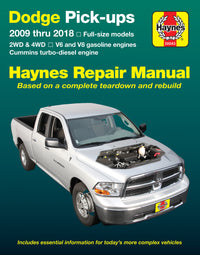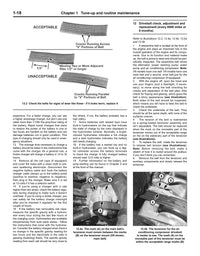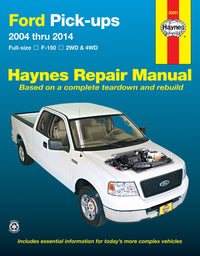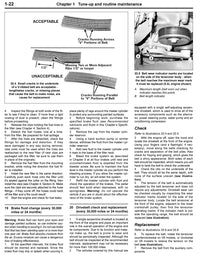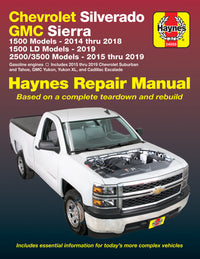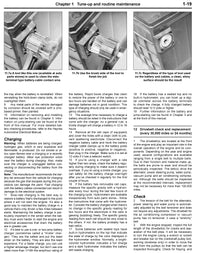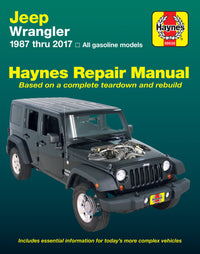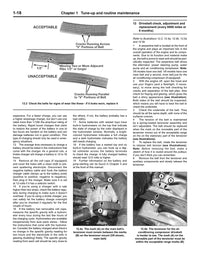The oil is the lifeblood of your car, and regular oil changes can prolong the life of your engine. Here's how to go about changing it yourself…
How to change the oil in your car
The fundamental task of changing oil is the same for all modern cars, with slight variations, so the following information should be used as an overview rather than a detailed guide. Always wear protective gloves as used engine oil is potentially carcinogenic.
01 To ensure you can drain as much oil as possible start the car to warm the engine before you begin work. You don't want to get it up to full working temperature as the oil, and engine, will become too hot, but just until the temperature gauge starts to move. You can add an 'engine flush' at this stage if you wish.
02 On firm level ground jack up the car and secure it on axle stands. You will need to work underneath the car, so it's vital that it is secure and safe. Open the bonnet, and remove the oil filler cap – this will help the oil drain more quickly.
03 Many cars have a large plastic undertray. You may need to remove this to access the sump plug, although some cars have a 'flap' or smaller removable section. Check the handbook, or online if unsure.
04 Locate the oil sump plug. You need to make sure you've got the right plug before you undo it, don’t confuse it with a gearbox drain plug, or anything else. Again, check the handbook or online if you're unsure. Place a suitably sized drain container underneath the sump plug – be aware that the oil will probably pour out with some force so get ready to move the container to catch the oil unless you want to get it everywhere!
05 Undo the sump plug with a suitable sized spanner or ratchet. It might be quite tight. Make sure the pug doesn't fall into the oil container, and that you don’t lose the copper washer.
06 While the oil is draining from the car locate the oil filter. Sometimes they're accessible from underneath the car, and on some cars you're best going from above through the engine bay.
07 Oil filters are generally either screw-on metal canisters, or are paper elements that fit in a housing. Removal is a case of unscrewing either the canister, or removing the 'lid' of the filter housing. Oil will also come out of the filter, so be prepared to catch any that comes out.
08 When you're satisfied you've drained as much oil from the car as you can replace the sump plug – do this first so you don't forget! It's always wise to replace the copper washer, and if the sump plug shows any sign of wear (maybe from overzealous tightening) replace it too. Next refit the oil filter. If it's the canister type clean the area where it mates to the engine and smear some oil around the black rubber seal. Tighten firmly by hand - DO NOT over-tighten. If it's the element type, refit the new element and secure the housing lid. It's likely to be a plastic housing so again, don’t over-tighten.
09 Don't refit the undertray (if fitted) just yet. With a funnel (you WILL spill oil everywhere otherwise) refill with the correct grade oil through the filler neck. Ensure you know the oil capacity of your engine and check the dipstick regularly to make sure you don’t overfill. It's much easier to add more oil than it is to remove excess oil! Once you're happy that the oil is at the 'full' level on the dipstick, the filter is firmly on, the drain plug is refitted, and the oil filler cap is back on and tight start the engine.
10 Don’t rev the engine, as it you will need to build oil pressure – which is why the oil pressure light will stay on for longer than usual. It should extinguish within a few seconds. Leave the engine running and check the filter and drain plug for leaks. If there are tighten further until there are no more drips – don't stick your hand in the engine bay with the engine running unless you're well clear of pulleys, belts and the fan! Refit the undertray. Allow the engine to cool a little, and the oil to settle, and check the level again.
How to remove a stuck oil filter
It's not uncommon to come across a screw-on canister-style oil filter that won’t budge. The previous owner may have got a bit carried away and done it up too tightly.
The first step is to get a pair of rubber gloves (for grip) summon up all your strength and give it a good turn (anti-clockwise obviously!).
If it's not budging you've got a couple of options. You can either remove it the destructive way, or the non-destructive way, depending on how desperate you are.
One way is to drive a big screwdriver through the side of the canister, and use that to hopefully add leverage. It will make oil come out and go everywhere, and if it's really stuck, you'll simply rip the canister and be left with jagged metal and an oil filter that's unusable.
The more sensible option is to get an oil filter wrench. These are generally rubber or metal and grip the canister sides giving you extra leverage without damaging the housing. It's one of those tools that you should always buy before you need it!
How often should you change your oil?
There is much debate about how often to change your oil with some people rather overzealously doing it every 3,000 miles (which used to be the case).
Modern oils are capable of working effectively for a longer duration and most manufacturers tend to recommend intervals of between 7,500 and 10,000, with some even recommending 15,000 mile intervals.
The best bet is to never exceed the manufacturer's recommendations particularly if you do a lot of short journeys.
How often should you replace the oil filter?
Quite simply, you should replace your oil filter every time you change your oil!

